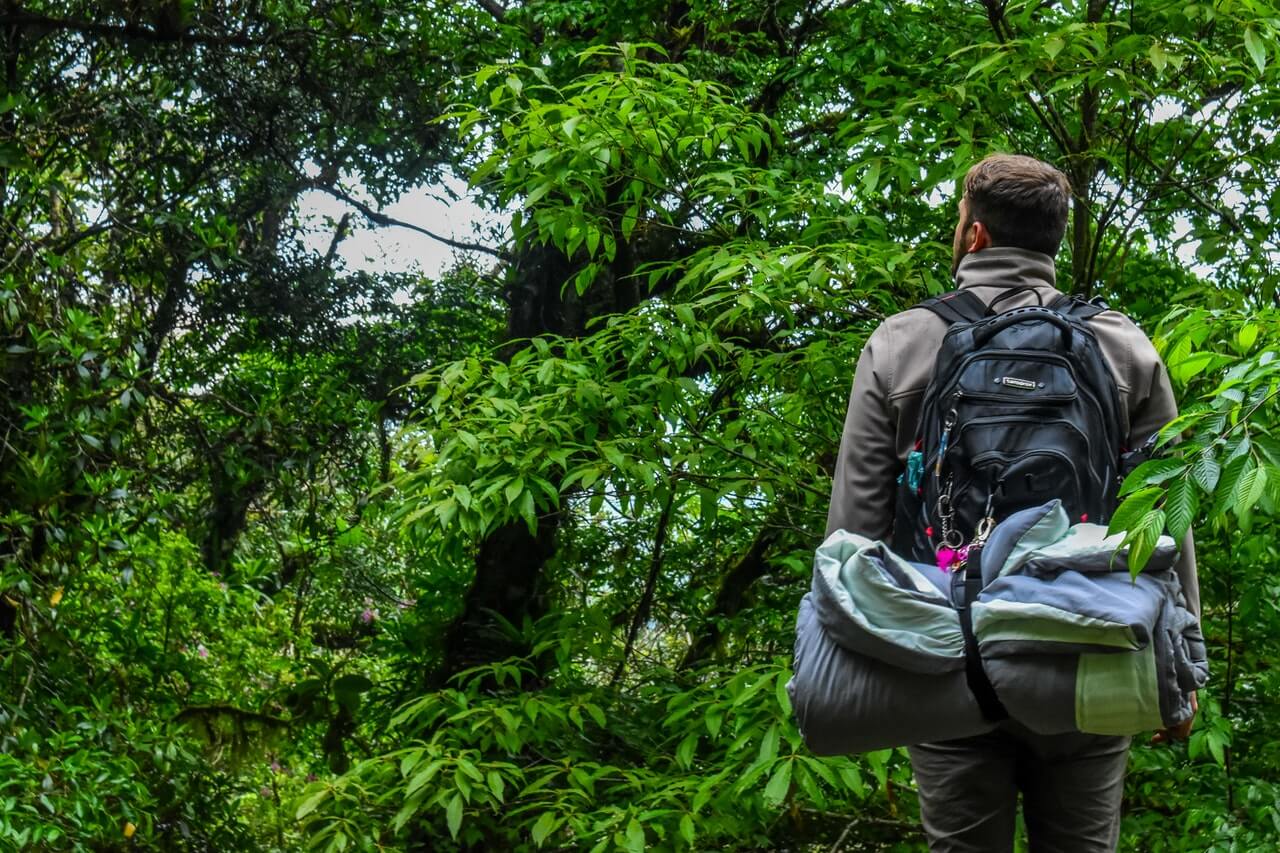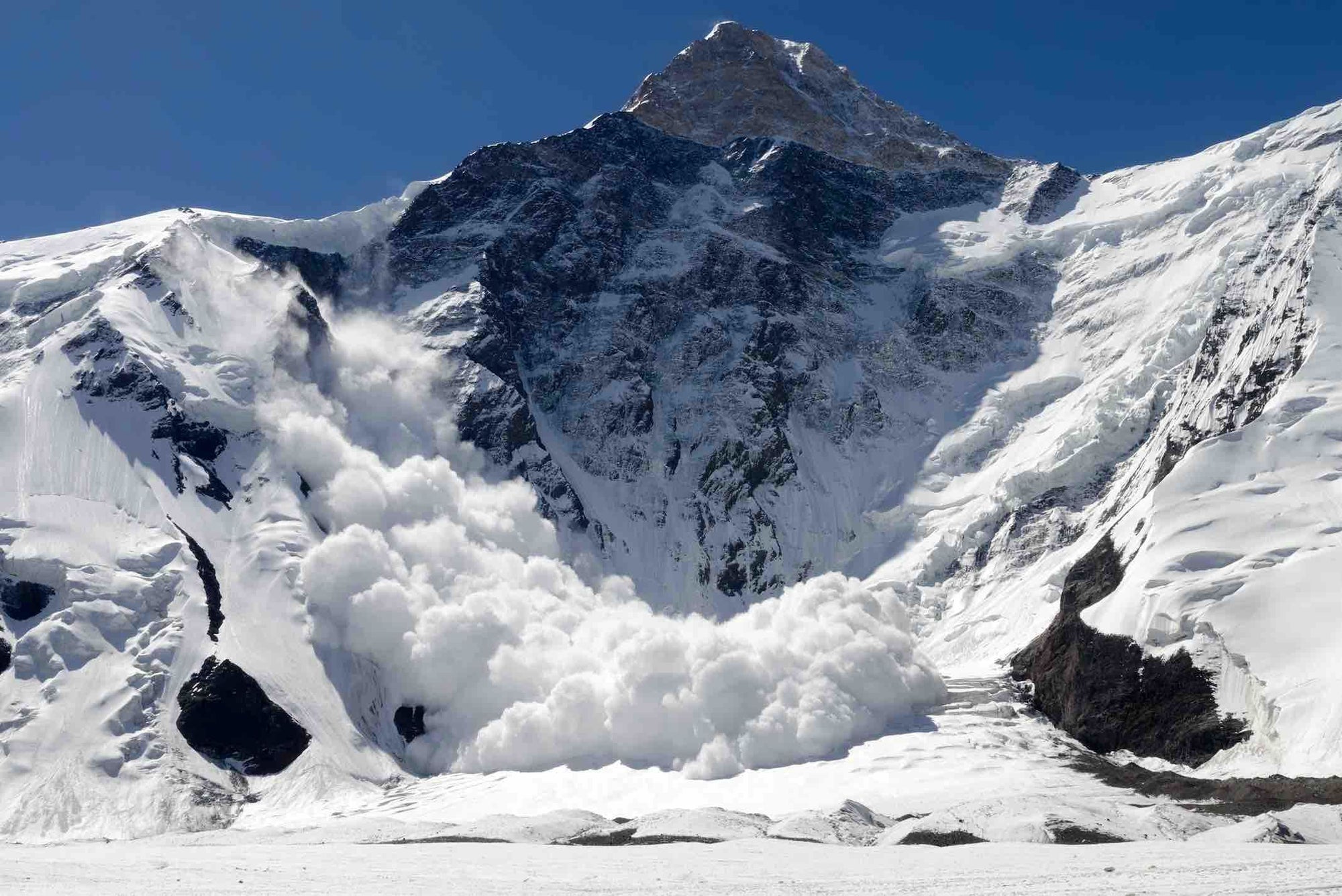How to ensure the safety of woods hiking is very important for those who love woods hiking preferences. Woods hiking, facing the nature, there are some safety hazard problems.
1. Crossing the bridge: directly past the people a bit like acrobats, feet across the same width as the shoulders, and the outer eight walk, eyes look a meter ahead, step by step firmly attached to the bridge, walk quickly. If the bridge is not long, a little faster than a slow walk will be much better, as long as you keep your balance will be able to pass quickly.
2. Over the gravel land: when crossing the gravel land, first test the stability of the stone, to avoid stepping hard on the stone at once, which is easy to lose balance and slip or injured.

3. Crossing the trestle: The trestle here refers to some narrow roads along the canyon, with a gorge wall on one side and a river valley on the other, allowing only one person to pass. As people are carrying backpacks, if they suddenly turn around or squat, the backpack will often hit the rock wall and put itself against the road, causing danger. The correct way is to face the rock wall and move slowly sideways.
4. Crossing a river on foot: When you can't figure out the depth of the river, use a small stick about your height to explore the road in front of you. Avoid barefoot, do not take off shoes is safer. When there are rocks in the river, choose dry rocks to walk, wet rocks are easy to slip and fall. Be sure that the stone is not easy to shake (also can be used in front of a small wooden stick to test), and then move the center of gravity. Some rocks are easy to shake and can cause fracture accidents.
5. Walking in the rain: the biggest headache in the rain is the mud sticking to the shoes, walking very difficult, but also easy to slip. So when walking to lace up tightly, so as not to encounter the mud puddle will stick off the shoes. When climbing in the mud puddle, it is best to use the shoe crawler (anti-slip effect) or walking stick.
6. On the uphill road: carry the step naturally, and do not take too many steps. If you walk with big steps, your body will sway from side to side and lose balance. Remember not to lift the knee too high, try to use thigh muscle strength to lift the body; at the same time to avoid climbing trees or other plants, such as steep hills, should avoid climbing in a straight line, it is best to alternate left to right (zigzag) up.

7. Downhill road: downhill road generally feel very easy, but if the original rhythm of walking damage, it is easy to fall down and get injured. Especially do not run and jump, they are prone to injury.
8.Over the grass and shrubs: first of all, you should wear long-sleeved clothes and long pants, carefully observe the route and direction, to avoid getting lost. Do not follow the people in front of you, so as not to be injured by the branches or grass bounce; always pay attention to the caves or rocks in the grass, so as not to lose their footing or fall, while paying attention to the grass in the beehive or anthill.
9.Over the suspension bridge: suspension bridge is easy to sway around, people are best to cross one by one, remember not to crowd, so as not to avoid danger. At the same time do not change the speed of walking, rhythmically walk across.


